20 Surprising Things That Were Invented in Ancient Times
Long before the industrial revolution, ancient civilizations created remarkable innovations that continue to influence modern life. Many of these inventions were so ahead of their time that archaeologists initially struggled to identify their purpose.
Here’s a list of 20 things that were actually invented in ancient times – this list may surprise you!
Seismograph – Ancient China
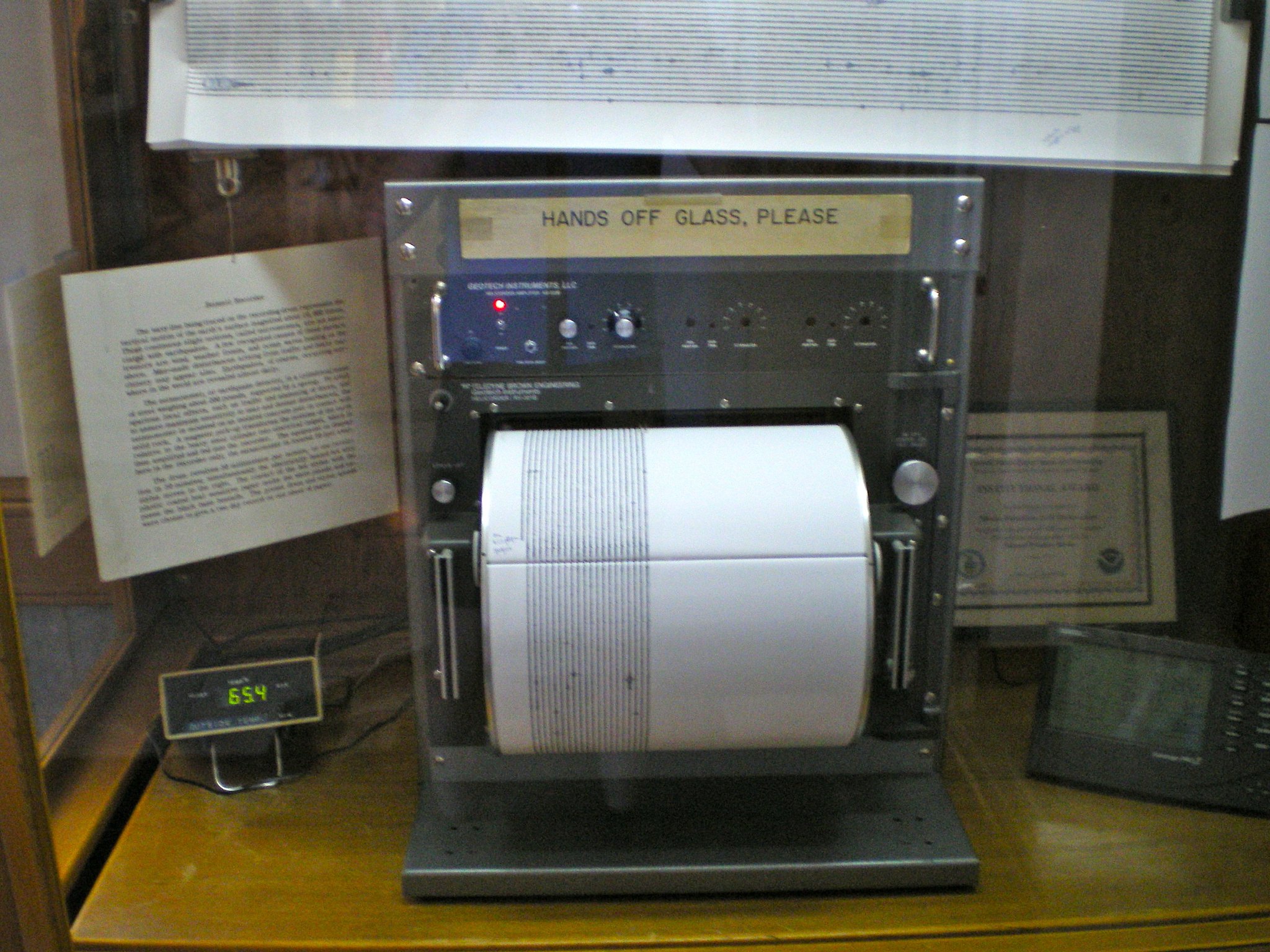
During the Han Dynasty in 132 CE, Zhang Heng created the world’s first seismograph. This bronze vessel featured eight dragons holding copper balls above eight toads.
When an earthquake struck, the corresponding dragon would drop its ball into a toad’s mouth, indicating the direction of the tremor. The device successfully detected an earthquake 400 miles away that no one in the capital had felt.
Automatic Doors – Ancient Egypt
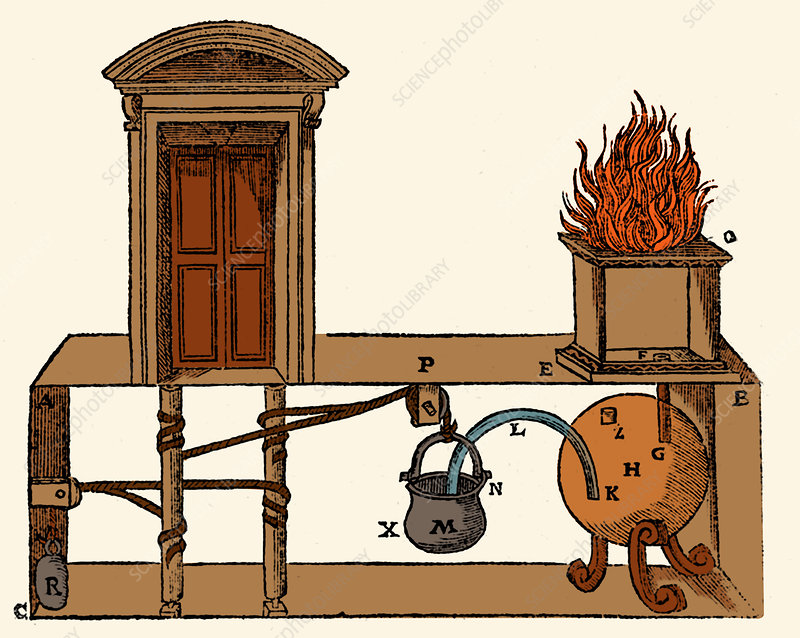
Around 50 CE, Greek mathematician Hero of Alexandria designed the first automatic doors for an Egyptian temple. The system used heat from sacred fires to create pneumatic pressure, dramatically opening temple doors to impress worshippers.
The mechanism required precise engineering and demonstrated advanced understanding of pneumatics.
Like Go2Tutors’s content? Follow us on MSN.
Battery – Ancient Baghdad
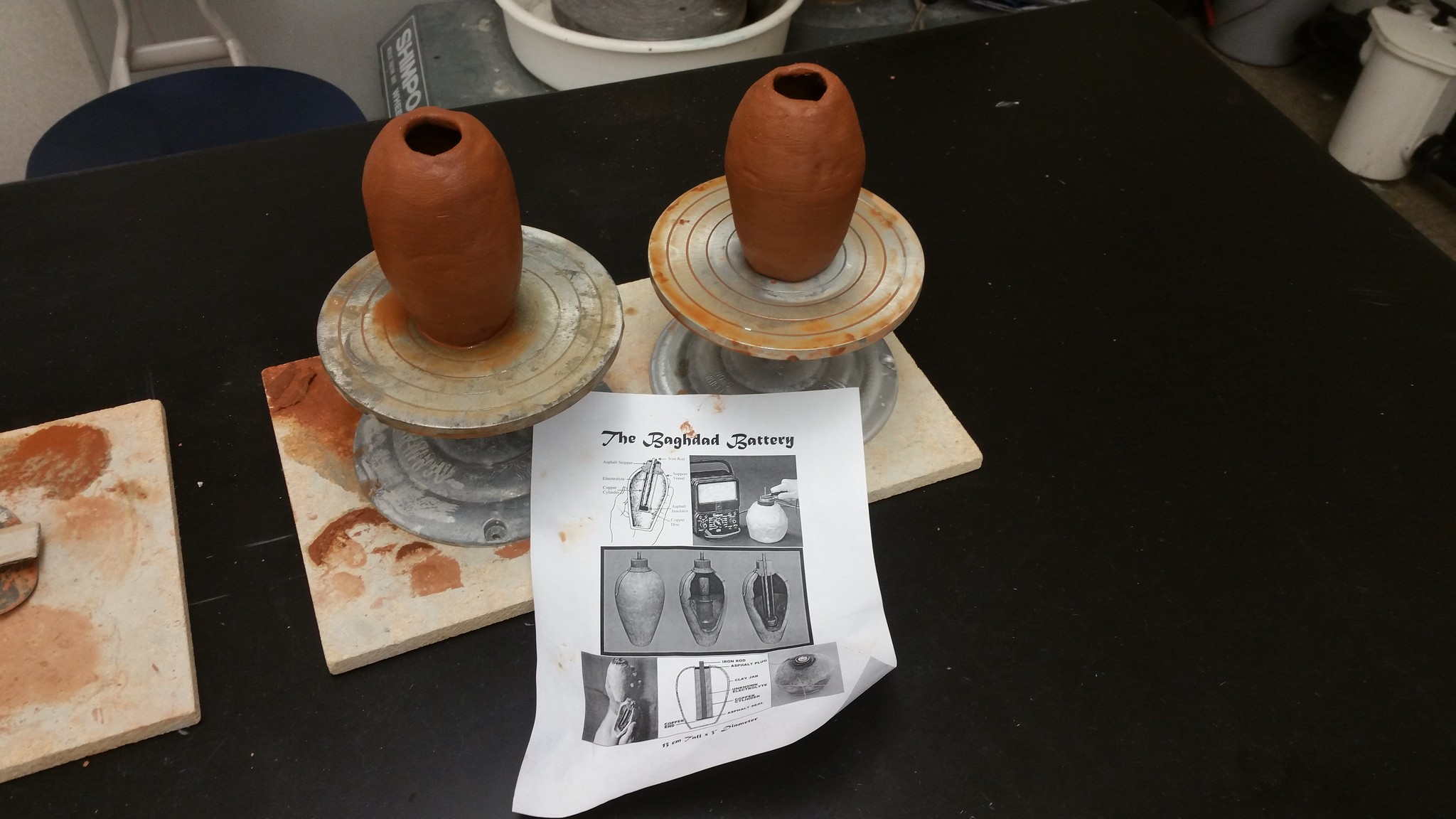
The “Baghdad Battery,” dating to around 250 BCE, consisted of clay jars containing copper cylinders and iron rods in an acidic solution. While its purpose remains debated, experiments show these devices could produce small electrical currents.
Some scholars suggest they were used for electroplating jewelry.
Plastic Surgery – Ancient India
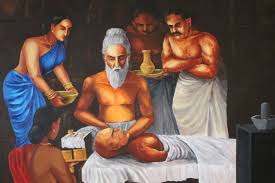
Sushruta, a physician in 6th century BCE India, developed sophisticated surgical techniques including rhinoplasty. His detailed medical text described reconstructing noses using skin grafts from the cheek or forehead.
These procedures helped patients who had lost their noses through punishment for crimes or warfare.
Analog Computer – Ancient Greece
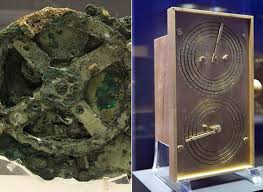
The Antikythera mechanism, discovered in a 2,000-year-old shipwreck, could calculate astronomical positions and predict eclipses. This sophisticated bronze device used at least 30 gears to track celestial movements with remarkable precision.
Its complexity wouldn’t be matched for a thousand years.
Like Go2Tutors’s content? Follow us on MSN.
Central Heating – Ancient Rome
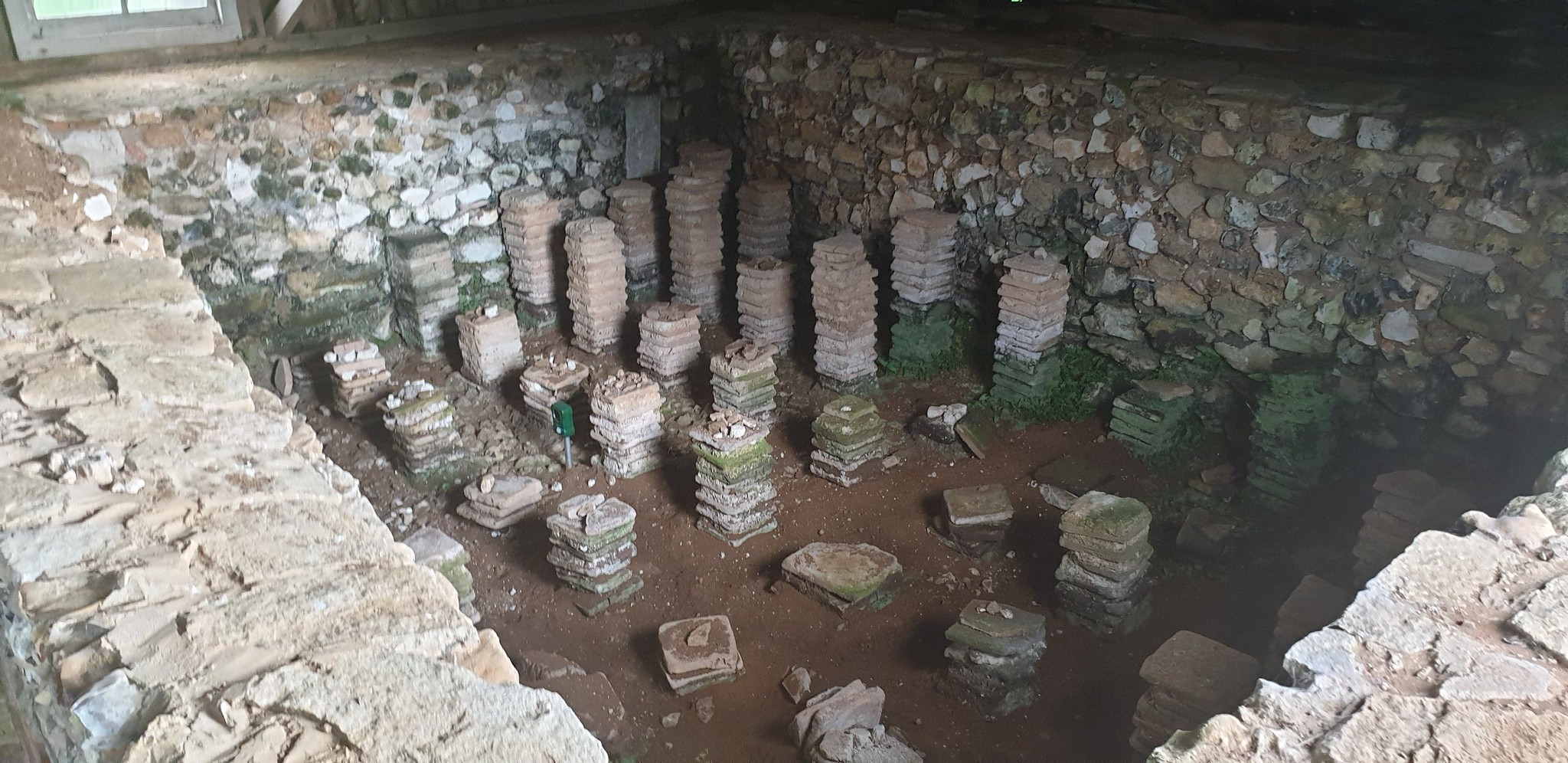
Roman engineers developed hypocaust systems for heating buildings. Hot air from a furnace circulated through hollow spaces under floors and within walls, creating even warmth throughout large structures.
Some wealthy Romans even installed adjustable vents to control temperature in different rooms.
Air Conditioning – Ancient Egypt
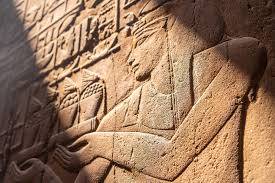
Egyptians created early cooling systems using reed mats hung in windows and dripped with water. As wind passed through these mats, evaporation created a cooling effect.
Some wealthy homes featured dedicated water-cooling rooms with complex systems of channels and vents.
Concrete – Ancient Rome
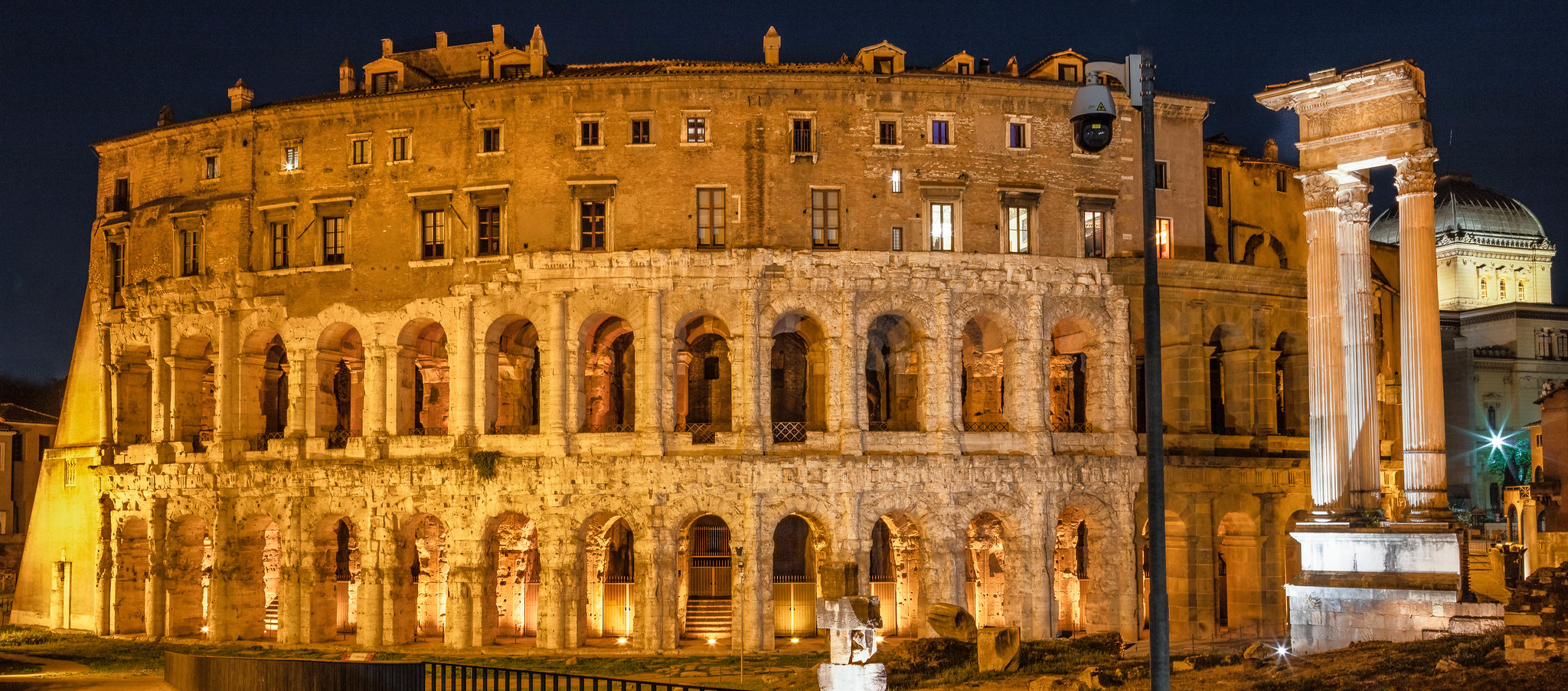
Roman concrete, called opus caementicium, has survived 2,000 years of weathering and seawater exposure. Its unique formula included volcanic ash, which actually makes the material stronger over time.
Modern scientists still study its composition to improve current concrete formulations.
Like Go2Tutors’s content? Follow us on MSN.
Steel – Ancient India
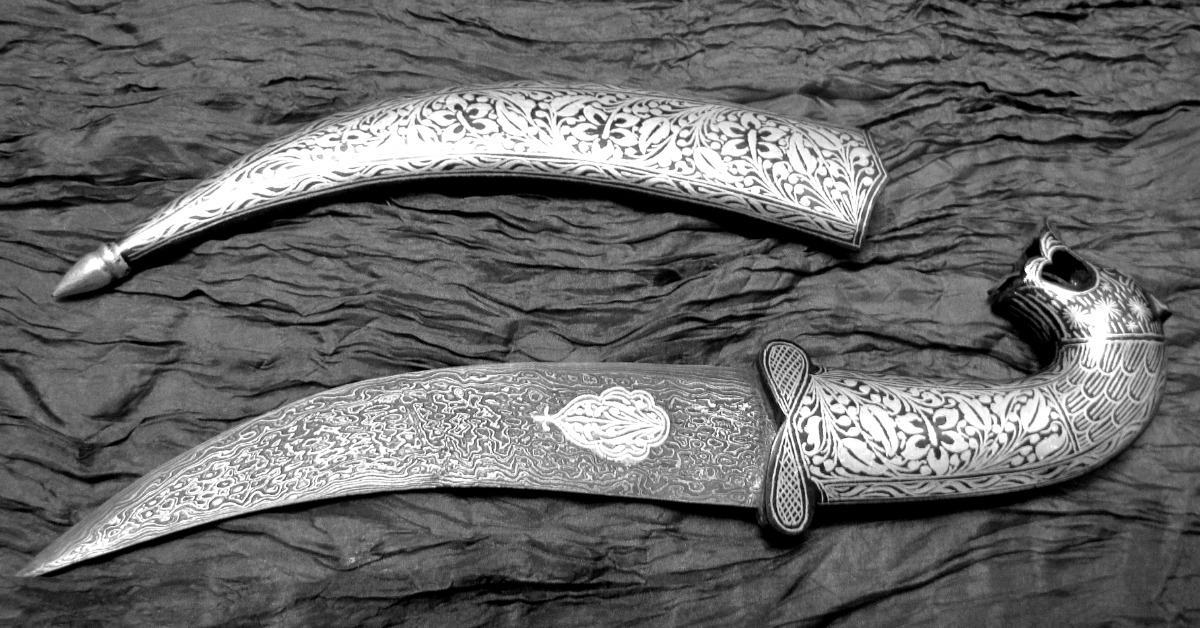
Wootz steel, first created in India around 300 BCE, demonstrated sophisticated metallurgy. This ultra-high carbon steel produced distinctive patterns and maintained incredibly sharp edges.
Damascus swords, made from this steel, became legendary for their quality and strength.
Surgical Tools – Ancient Greece
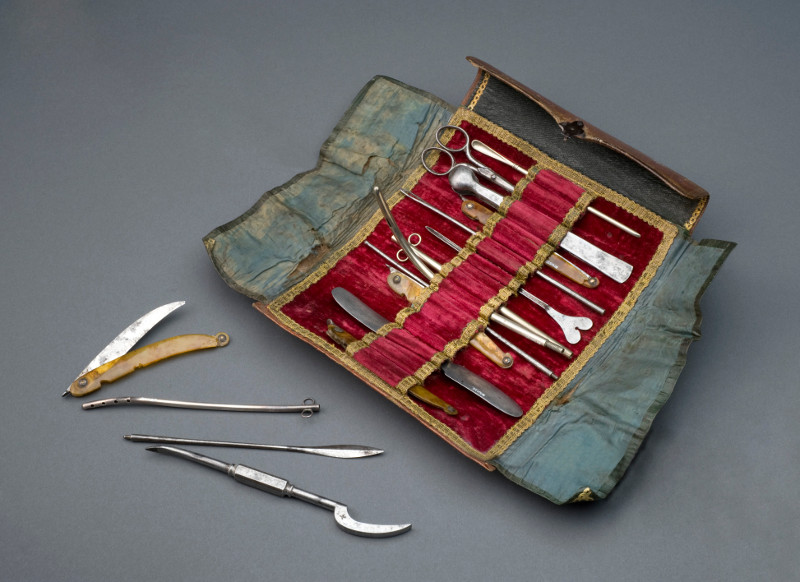
Greek physicians developed sophisticated surgical instruments, including forceps, scalpels, and speculums. Many designs closely resemble modern medical tools.
The Greeks also created specialized instruments for dental work and eye surgery, showing remarkable understanding of human anatomy.
Glass Windows – Ancient Rome
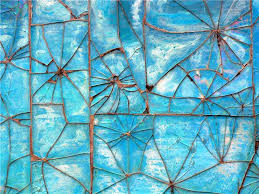
Romans pioneered clear glass windows during the 1st century CE. They developed techniques for creating large, transparent glass panes that allowed light while protecting from weather.
Wealthy homes featured elaborate window designs with colored and patterned glass.
Like Go2Tutors’s content? Follow us on MSN.
Vending Machines – Ancient Egypt
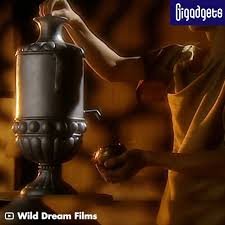
Hero of Alexandria designed a coin-operated holy water dispenser for Egyptian temples. When a coin was inserted, it fell on a pan attached to a lever, opening a valve to dispense a measured amount of holy water.
This basic principle still operates in modern vending machines.
Anti-Rust Iron – Ancient India
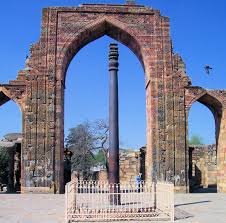
The Iron Pillar of Delhi, created around 400 CE, stands 24 feet tall and shows minimal rust after 1,600 years. Metallurgists discovered its resistance comes from a protective oxide layer formed by its unique composition.
This ancient technique parallels modern rust-prevention methods.
Plumbing – Ancient Indus Valley
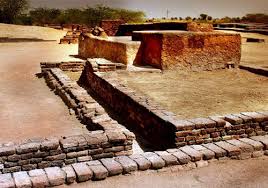
The Indus Valley civilization built sophisticated plumbing systems around 4,000 years ago. Cities featured public baths, sewage systems, and indoor toilets connected to underground drainage.
Their water management systems included reservoirs, dams, and public wells.
Like Go2Tutors’s content? Follow us on MSN.
Snow Chains – Ancient Rome
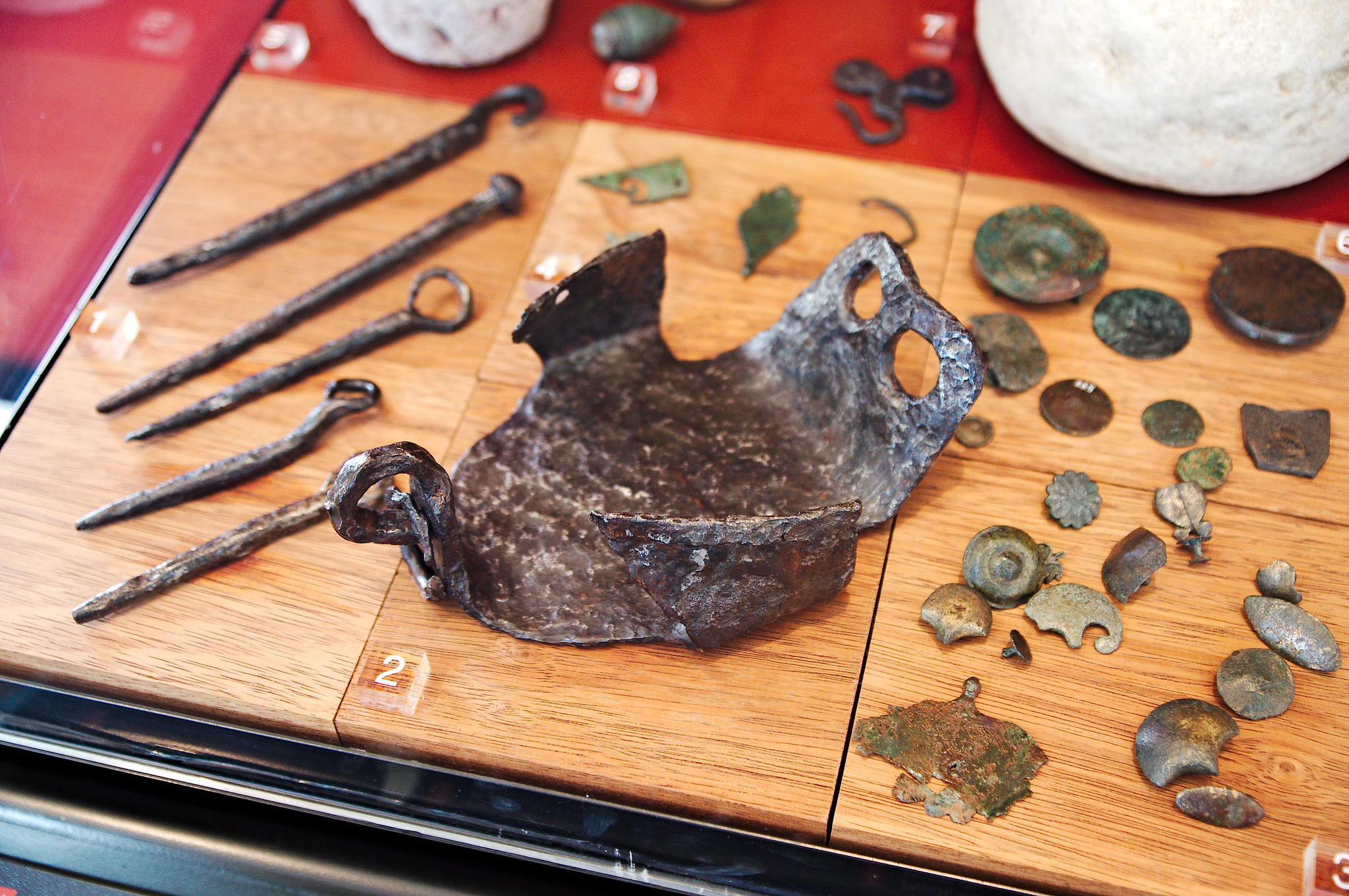
Romans attached metal cleats called hipposandals to horse hooves for better traction on ice and snow. Some designs featured spike-studded plates remarkably similar to modern snow chains.
These devices allowed year-round military campaigns in harsh conditions.
Sundial Watch – Ancient Egypt
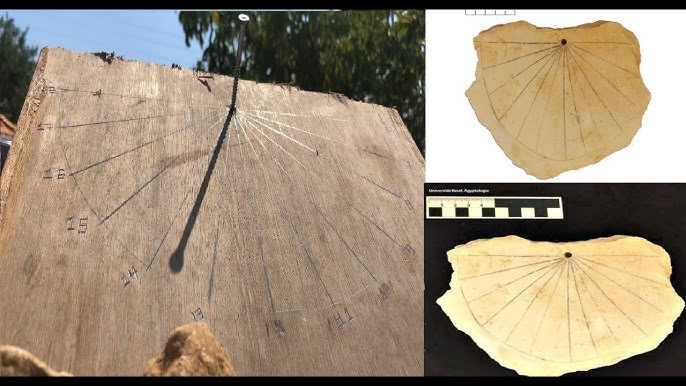
Egyptian portable sundials from around 1500 BCE functioned like ancient wristwatches. A small sundial mounted on a wooden board could be oriented using a string to tell time.
Different calibrated boards accommodated seasonal changes in daylight.
Earthquake-Proof Buildings – Ancient Greece
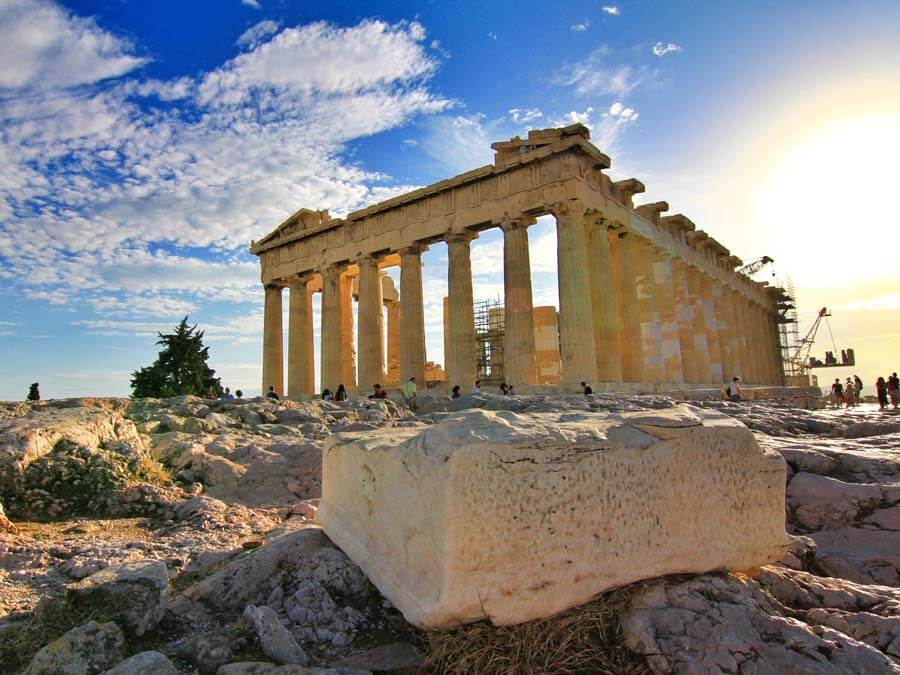
Greek architects developed sophisticated anti-seismic engineering techniques. The Temple of Apollo at Delphi used a flexible foundation system of alternating stone layers and lead plates to absorb shock waves.
Similar principles protect modern buildings in earthquake zones.
Like Go2Tutors’s content? Follow us on MSN.
Battlefield Surgery – Ancient Rome
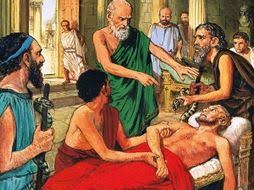
Roman military surgeons pioneered battlefield medicine, including specialized instruments for extracting arrows and treating fractures. They established dedicated field hospitals and developed techniques for preventing infection.
Many of their methods remained standard practice until the modern era.
Urban Planning – Ancient Mohenjo-daro

The Indus Valley city of Mohenjo-daro demonstrated sophisticated urban planning 4,500 years ago. Streets followed a precise grid system, buildings adhered to standardized brick sizes, and the city featured distinct zones for residential, commercial, and industrial activities.
Steam Engine – Ancient Greece
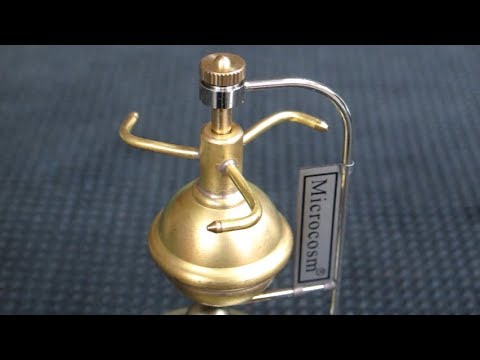
Hero of Alexandria created the first steam engine, called an aeolipile, around 50 CE. This spherical device spun on an axis when heated, demonstrating the power of steam pressure.
While treated as a curiosity, it contained principles essential to the later industrial revolution.
Like Go2Tutors’s content? Follow us on MSN.
Legacy of Ancient Innovation

These inventions reveal the ingenuity of ancient civilizations and their lasting influence on modern technology. Many principles they discovered remain relevant today, while some of their achievements still puzzle modern engineers.
Their innovations remind us that human creativity and problem-solving capabilities have always driven technological progress.
More from Go2Tutors!

- Famous Battles: How Much Do You Really Know About U.S. History?
- Top 5 Most Important Skills, According To Harvard Business School
- How Well Do You Know 90s Pop Culture? Take the Quiz
- Master the Art of Public Speaking with These Expert Tips
- Think You Know Capitals? Put Your Knowledge to the Test
Like Go2Tutors’s content? Follow us on MSN.



